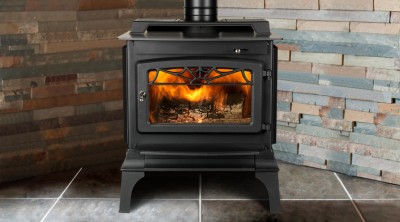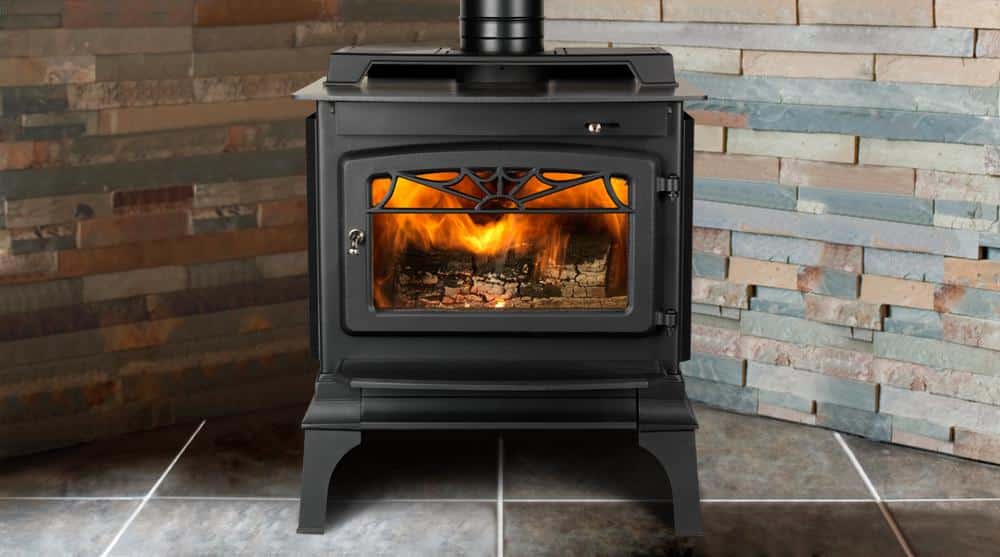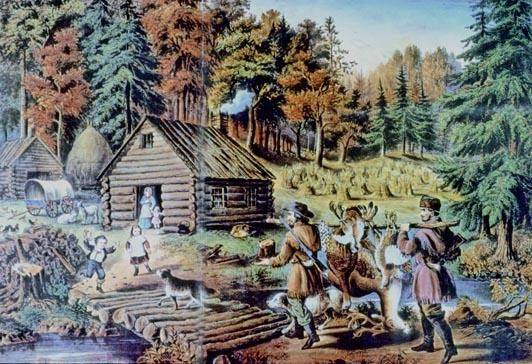
A lot of people are looking at getting off the grid these days. Some are doing it for the purpose of saving money, while others are looking down the road and thinking that going off-grid is a much more secure way to live in case the power goes out. Either way, going off-grid can actually provide both advantages at the same time, so it’s worth doing.
But modern homes aren’t designed for going off-grid, so adapting can be very expensive. For this reason, it usually makes more sense to go in phases, working your way toward being energy independent, rather than investing $30,000 or more to do it all in one shot.
The first thing to do is determine where you can make your biggest savings and start there. For most of us, the biggest energy cost we have is in heating and cooling. That can be as much as half of the family’s energy bills, especially if you live in either a very hot or very cold climate. People living in the middle of the country have a bit of an advantage, as they have more time where they have a moderate climate, allowing them to reduce their energy consumption.
Getting Started
The first and most important step in going off-grid for your heating and cooling is home insulation. A fair amount of our energy expenditure is actually wasted by allowing it to escape. Underground homes are more energy efficient than just about anything else you can think of, because there is very little exterior wall space and no roof space exposed to changes in the weather.
Harness The Power Of The Sun When The Electricity Goes Out…
While you can’t turn a standard home into an underground home without some massive reinforcement to hold the weight of the dirt, you can insulate your home to increase its energy efficiency. That will eliminate the amount of heat that you need to produce to keep your home warm. Attics are a very important area to insulate, simply because heat rises. If your home is more than 10 years old, you might want to check your attic insulation to make sure it hasn’t settled.
Don’t forget about windows and doors when working on your insulation. Windows have the lowest insulation value of anything you can use in a home. So, a home with lots of windows will be less efficient than one that has no windows. The R-values of different windows are:
| Single pane window | R 0.91 |
| Single pane window with storm window | R 2.00 |
| Double insulating glass with 3/16″ space | R 1.61 |
| Double insulating glass with 1/4″ space | R 1.69 |
| Double insulating glass with 1/2″ space | R 2.04 |
| Double insulating glass with Low-E 0.20 | R 3.13 |
| Double insulating glass with suspended film | R 2.77 |
| Double insulating glass with 2 suspended films | R 3.85 |
| Triple insulating glass with 1/4″ space | R 2.56 |
When you compare that to a normal 2″x 4″ stud wall with high density fiberglass batting, which gives you an R-value of R 15, you can see that windows don’t do much to hold the heat in. Doors aren’t much better, either, as a solid core wood door has an R-value of 3.03. However, a metal door with 2″ of urethane insulation has an R-value of R 15.
You can help your windows by changing them to a better type, adding a plastic film on the inside, adding a layer of bubble pack to the inside and/or adding quilted curtains to help keep the heat in. Each of these will help improve your home’s heat retention, saving on the amount of heat you have to generate to keep your home warm.
1. Generating Heat
There are several common ways of generating off-grid heat. The first is to generate your own electricity and use that to run your normal furnace. This may be the most expensive option, but will provide you with heat throughout your home, maintaining your lifestyle the closest to what you have enjoyed. You can generate your own heat either by using solar power or wind power.
2. Passive Solar Heat
The second way to generate heat off-grid is using solar energy. Passive solar homes are usually designed to be heated in that way. They essentially work by allowing the sun into the home through windows, so that the light can be converted to heat. A dark colored floor or wall for the sunlight to hit will provide more heat.
World’s Smallest Solar Generator … Priced So Low Anyone Can Afford It!
Adding additional windows to the south wall of a home will increase the potential of passive solar heat. However, there is one rather big problem: You need something to collect the heat, and it can be difficult to convert a home. The surface that the sun strikes is called the absorber. It absorbs the sunlight and converts it to heat. This absorber is normally connected directly to a thermal mass, which is either concrete or stone. That way, the heat that is generated can be stored until nighttime, when it is needed the most.
One possibility is to add a stone wall just inside the windows to act as a combination absorber and thermal mass. Another is to replace the existing floor slab with a thicker concrete slab, covered with dark colored stone or tile.
3. Homemade Active Solar Heat
There have been a number of people who have designed homemade solar collectors that are placed in a window or on a south-facing wall and work to bring solar heat into the home. The basic idea is to build a collector out of black-painted copper pipe. I’ve even seen it done out of aluminum soda cans which have been glued together. In either case, they make a path for the water to flow through, where it will be warmed by the sun. This water is then pumped into the house, where the heat is allowed to radiate into the home.
Whether aluminum cans or copper pipe is used, the idea is the same. You want to create a sealed system, where the sunlight can heat the water flowing through the system. Painting it black helps, as it will then absorb more light to convert to heat. This type of system is considered an active system, because the water needs to be pumped through it. However, a very low power, low volume pump can be used, requiring little energy to work.
4. Heating With Fire
The most common means of heating an off-grid home is with fire. Historically, this has been the most common method of heating throughout the ages. While heating with fire is fairly easy, there is a limit to how large a space can be heated with one fire. Typically, one fireplace or wood-burning stove is needed for each room.
In olden times, people typically didn’t try to heat their whole home with fireplaces. Instead, they would heat the prime living areas and allow the bedrooms to be partially heated by convection. Before retiring for the night, they would put some coals into a bed warmer and heat up the bed slightly, so that it wouldn’t be too cold. Then, they would use several blankets or quilts at night to keep warm.
Two-story homes were popular, especially with the wealthy, because it was easier to heat the whole home from one large fireplace. The second floor usually wasn’t complete, but was open over the main living area. That would allow the heat from the fireplace to rise and warm those rooms. Less wealthy families would have a loft where they would sleep, rather than actual bedrooms.
While heating with fire is fairly easy, it does require making some lifestyle changes. If your family is willing to make those changes, you can save a large portion of your energy bill, while still keeping your family comfortable.
Do you have any off-grid heating tips? Share them in the section below:
Sign up for Off The Grid News’ weekly email and stay informed about the issues important to you










